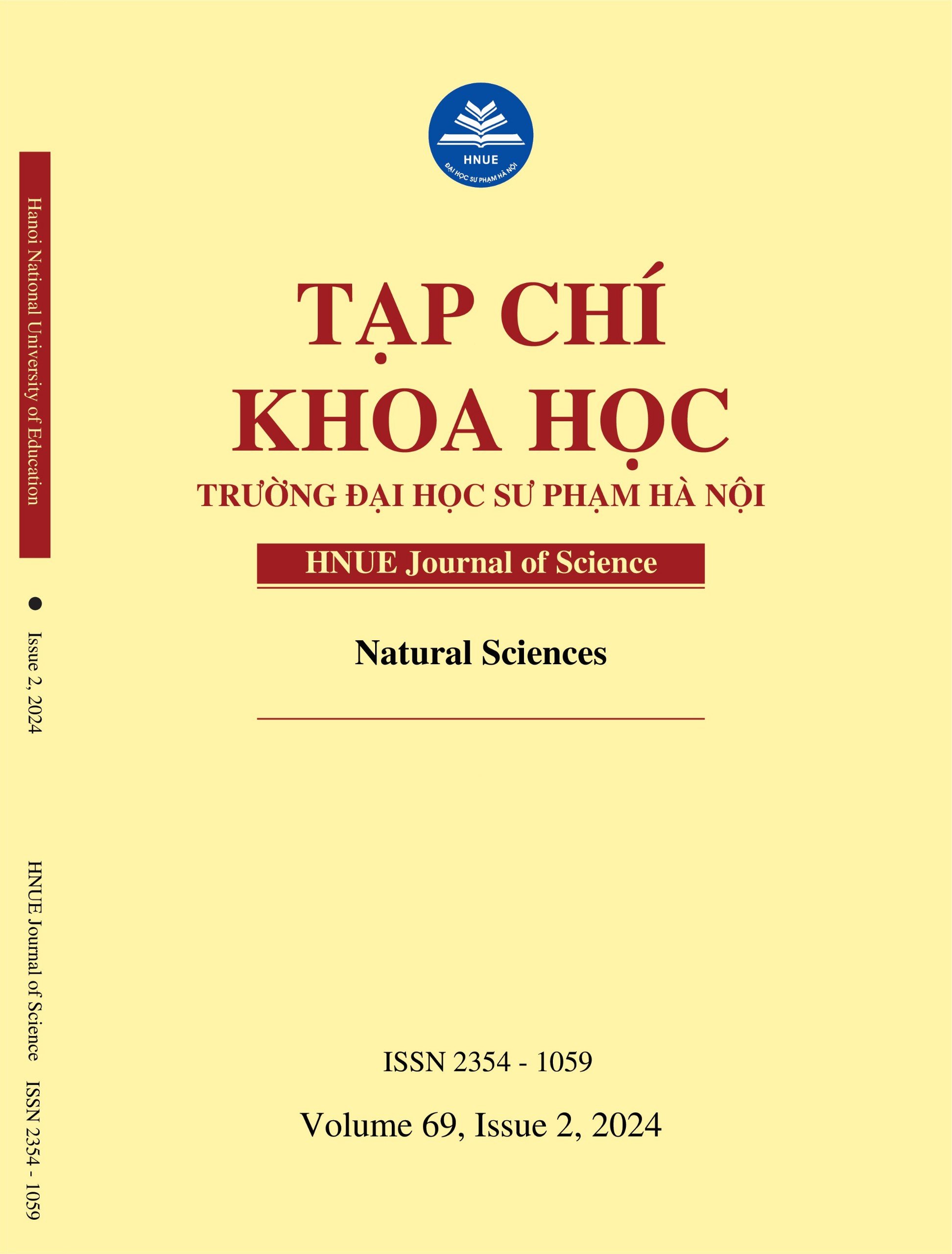MOLECULAR DYNAMICS SIMULATION OF STRUCTURAL PROPERTIES OF Al2O3-SiO2-CaO OXIDE DURING THE COOLING PROCESS
DOI:
https://doi.org/10.18173/2354-1059.2024-0020Keywords:
MD simulation, Al\(_2\)O\(_3\)-SiO\(_2\)-CaO oxide, cooling process, microstructuresAbstract
The change of structural properties of Al2O3-SiO2-CaO oxide during the cooling process was studied using the molecular dynamic simulation. The microstructures of the sample were investigated through the radial distribution function (RDF), coordination number (CN), and bond angle (BA) distribution. The results show a structural change from the liquid state to the amorphous state when the sample is cooled from 4000 K to 300 K. The glass transition occurs at Tg = 1585 K. The fraction of AlO4, CaO6, and SiO4 units increases with decreasing temperature and dominates at 300 K.
References
[1] Hwa LG, Lu CL & Liu LC, (2000). Elastic moduli of calcium alumino-silicate glasses studied by Brillouin scattering. Materials Research Bulletin, 35, 1285-1292. https://doi.org/10.1016/S0025-5408(00)00317-2.
[2] Cormier L, Ghaleb D, Neuville DR, Delaye JM & Calas G, (2003). Chemical dependence of network topology of calcium aluminosilicate glasses: a computer simulation study. Journal of Non-Crystalline Solids, 332, 255-270. https://doi.org/10.1016/j.jnoncrysol.2003.09.012.
[3] Koker ND, (2010). Structure, thermodynamics, and diffusion in CaAl2-Si2O8 liquid from first‐principles molecular dynamics. Geochimica et Cosmochimica Acta, 74, 5657-5671. https://doi.org/10.1016/j.gca.2010.02.024.
[4] Jakse N et al., (2012). Interplay between non-bridging oxygen, triclusters, and fivefold Al coordination in low silica content calcium aluminosilicate melts. Applied Physics Letters, 101, 201903. https://doi.org/10.1063/1.4766920.
[5] Stebbins JF, Dubinsky EV, Kanehashi K & Kelsey KE, (2008). Temperature effects on non-bridging oxygen and aluminum coordination number in calcium aluminosilicate glasses and melts. Geochimica et Cosmochimica Acta, 72, 910-925. https://doi.org/10.1016/j.gca.2007.11.018.
[6] Cormier L, Neuville DR & Calas G, (2005). Relationship Between Structure and Glass Transition Temperature in Low-silica Calcium Aluminosilicate Glasses: the Origin of the Anomaly at Low Silica Content. Journal of American Ceramic Society, 88, 2292-2299. https://doi.org/10.1111/j.1551-2916.2005.00428.x.
[7] Hennet L et al., (2016). Neutron diffraction of calcium aluminosilicate glasses and melts. Journal of Non-Crystalline Solids, 451, 89-93. https://doi.org/10.1016/j.jnoncrysol.2016.05.018
[8] Atila A, Ghardia EM, Hasnaouic A & Ouaskit S, (2019). Alumina effect on the structure and properties of calcium aluminosilicate in the percalcic region: A molecular dynamics investigation. Journal of Non-Crystalline Solids, 525, 119470. https://doi.org/10.1016/j.jnoncrysol.2019.119470.
[9] Liu M, Panda S, Suraneni P, & Pestana LR, (2023). Insights from molecular dynamics into the chemistry-structure relationships of calcium aluminosilicate glasses. Journal of Non-Crystalline Solids, 618, 122545. https://doi.org/10.1016/j.jnoncrysol.2023.122545.
[10] Deng L, Du J, (2018). Development of boron oxide potentials for computer simulations of multicomponent oxide glasses. Journal of American Ceramic Society, 102(5), 2482-2505. https://doi.org/10.1111/jace.16082.







